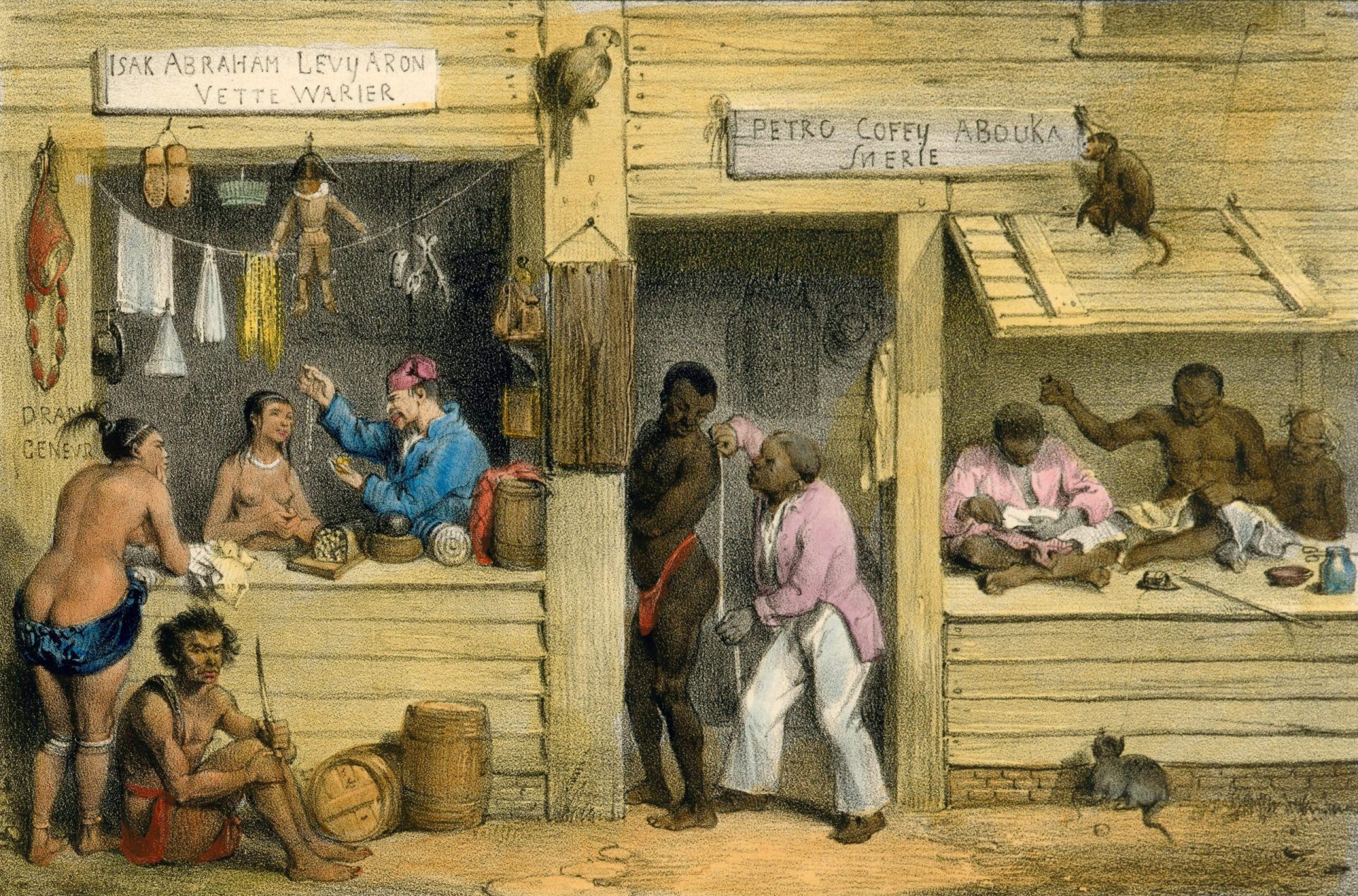During the late colonial era, travelers and artists increasingly thought they could tell what race someone was by looking at them. This game is designed to test whether race was as self evident and visual as early Americans believed and to help students begin to rethink some of their own possible assumptions about race and ethnicity. This game is modeled on the website AllLookSame.
Background
Around 1831, Belgian artist Pierre Jacques Benoit (1782-1854) traveled to the Dutch colony of Suriname. While he was there he produced a larger number of drawings. Upon his return to Europe, these illustrations were lithographed and printed by Madou and Lauters in a collection called Voyage à Surinam, with an accompanying text written by Benoit. During the era when Benoit visited Surinam(e), race and Jewish identity were being reformulated. As Joyce Chaplin and others have argued,
“racism in its present form is a specific product of Atlantic history. That is, if race is a perceived physical difference that is assumed to be inherited, is strongly associated with color, and is crafted to support systems of human subjugation, this idea was peculiar to the Atlantic world created by European colonization.”
Chaplin 154
Benoit was explicitly pro-slavery. Moreover, in his work he suggested that people of different races could be easily recognized by physical differences. He wasn’t the only one who held this idea. In fact, both casta paintings and books called Sketches of Character helped disseminate the idea that people of certain races, and racial mixtures, always looked and acted a certain way. Books like Benoit’s became increasingly important as more non-white peoples gained rights throughout the Americas, as they helped reinforce the idea that regardless of who was enslaved and who was free, or who could vote, some people were inherently “Other.”
You can look at a more extensive gallery of his images, but here are some of the racial categories that Benoit used:
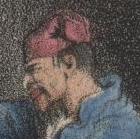


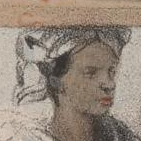
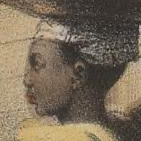
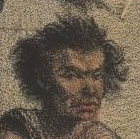
indigène or indienne (Indigenous American)
He did also recognize that people could be Jewish and not white, as he included in his description of enslaved people who practiced different religions
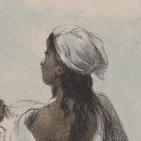
This last category was important as around 10% of Suriname’s early Jewish community were Jews of color. Yet, Benoit’s category is also deceptive as many people with Jewish and African ancestry were free (not enslaved). While Surinamese ketubot (marriage contracts) referred to Jews of color as either “emancipated” (freed) Jews or “enslaved” Jews, in their own writings, Eurafrican Jews preferred the term “Joodsche Kleurlingen” (Jews of color).
Proceed to Portraits from the colonies and test whether Benoit was correct that racial types are self evident. Or click here to learn more about racial categories in colonial America.

